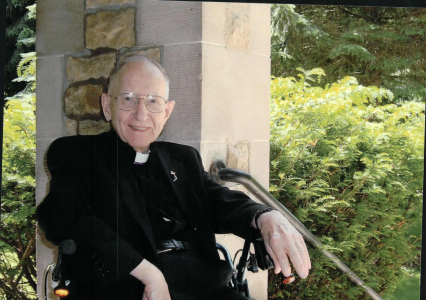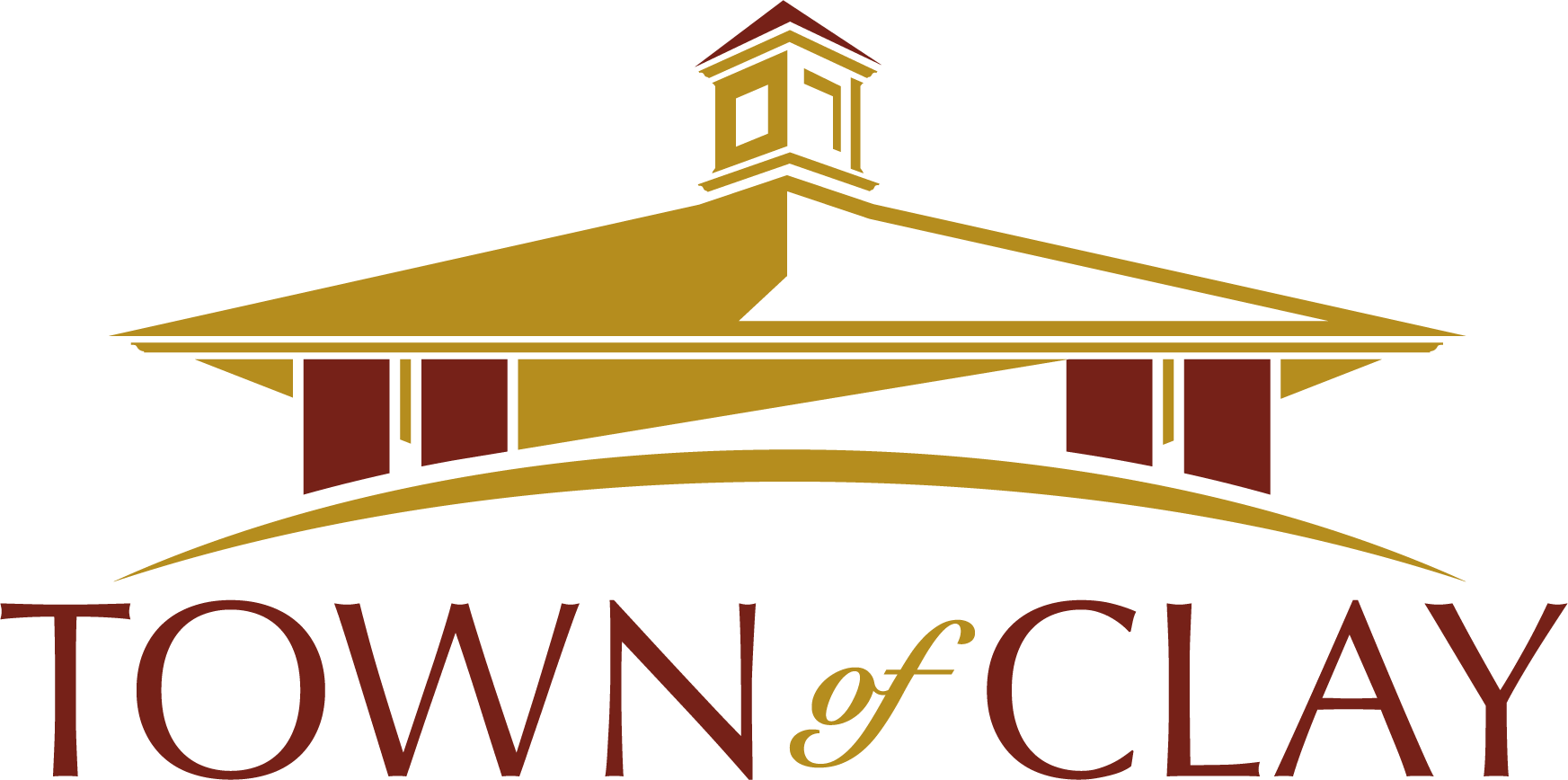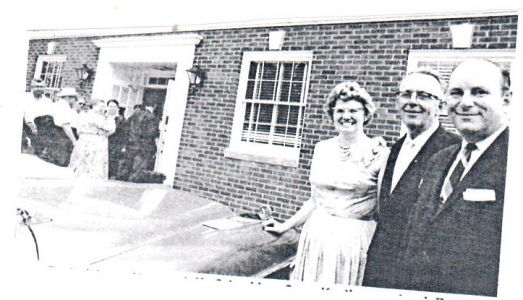Hafner Family HomesteadPosted on January 8, 2021 |
Image

|
HISTORY MYSTERY: Hafner Family Homestead
On the day before the boarded-up family homestead was scheduled to be burned down by the fire department – November 19, 1910 – Bonnie Hafner Caveny and Patty Hafner Lonergan came to my office to talk about growing up in the big white house in North Syracuse. Bonnie brought along many of her memories. Bonnie recounts:
“My grandparents and their four children immigrated to Syracuse from Germany, arriving August 25, 1908 on Ellis Island. At that time Grandpa Ludwig (Louis) was 46,Christine Munz Hafner was 37, Louis was five, George was four, Jacob (Jake) was two and Mary was three months old. They had eft their home in Spielberg, Germany, which is about 60 kilometers (37 miles) from Stuttgart and traveled to Antwerp, Belgium to boarded the Kroonland, which brought them to NYC. It took 10 days with 1,230 passengers. Family lore tells us that Louis had made an earlier voyage to America. Ship records show that he had been in America from 1892 to 1897, possibly living in a tow in Colorado. Grandpa’s brother Jacob, born in 1856, his wife Barbara, and their six children had migrated to America in September 1905. They are forbearers of the Hafners who bought land to farm in Baldwinsville in the early 1940’s. Louis’s family may have stayed with them when they first arrived.
“In 1913, they bought 14 acres from G. W. Lawrence and his wife, which included the corner of Fay (Taft) and Allen Roads. Grandpa Louis died in 1920 and Uncle Louis in 1924. At that time, George was 20 and Jake was 18. They worked the farm with Grandma Christine as the boss. In September of 1924 she bought 56 plus acres which included the house at the corner of Taft and Buckley. The hired hands also lived in the house. As George and Jake expanded their farming business, they cultivated relationships with the produce buyers from the larger grocery chains who bought in quantities making them less reliable but still participants of the Regional Market. They did continue to go to the market regularly as long as they farmed.
“During the 1950’s the market added Thursday evening hours to the Saturday morning retail time thus expanding the family members’ times on the back of the truck. As with most enterprises, the location at the market was a key to how much was sld. Dad had a good one, even adding a second stall, as long as there was cheap labor (the kids) to work there. Dealing with that much cash, there had to be a family member or friend who could be trusted. Family it was!
“When they were in their 30’s both boys married; George to Kate Hoffman from Eastwood, and Jake to Mary Dwyer from Syracuse’s west side. These two lovely city girls soon learned what it was like to be a farmer’s wife. They made it work. Work is the operative here. The boys would speak ‘German to Grandma and each other when they didn’t want Mom or Aunt Mary to know what they were Saying. I heard Dad defending this by saying that it was easier for Grandma if they spoke German.
“In the early years, even after the boys were marred, we were told that Grandma was the one who got the money to count when George and Jake returned from the market. There was no doubt about any extra money going back into the farm. Grandma, George and Jake worked hard, bought the best equipment, seeds, etc. and took excellent care of everything that they owned whether it was the pig to slaughter once a year or a new tractor that had been purchased. Dad (George) told us that growing up they only had meat once a week, on Sunday. That was usually because they would kill a chicken and once a year the pig they would slaughter. Of course, the family did their own slaughtering, possibly with help from neighbors, which was the way they did things in the early 20th century. They could not have imagined that the locations on Fay (Taft) Road would become such prime retail land, but the fact they were such good custodians of everything they acquired helped make sense of the changes taking place.
“Around the time the boys married, the farm became known as “Hafner Brothers,” which operated as such until Jake and George were in their 60’s and agreed with the retail development in the area, it was time to let go of ‘truck farming.’ At its height in the 1950’s Hafner Brothers worked approximately 185 acres. Asparagus, strawberries, raspberries, tomatoes, string beans, peppers, squash, cabbage, turnips, and parsnips were our main crops. Plants were started in small greenhouses at the corner of Fay (Taft) and Allen Road, tended mainly by Jake and then were planted in rows, marked by George, walking behind one of his Percheron horses.”
Dorothy Heller, Historian
1-8-21
Other
History Mysteries

Father Skinner
History Mystery | Feb 27, 2015
REMEMBERING CLAY
The Rev. Canon Nelson B. Skinner, SSC, SKCM


